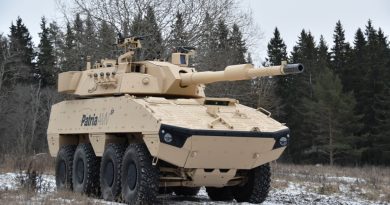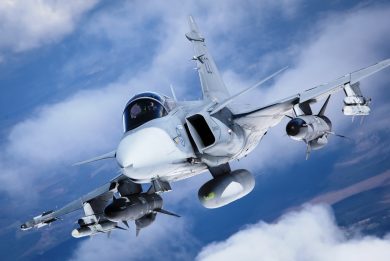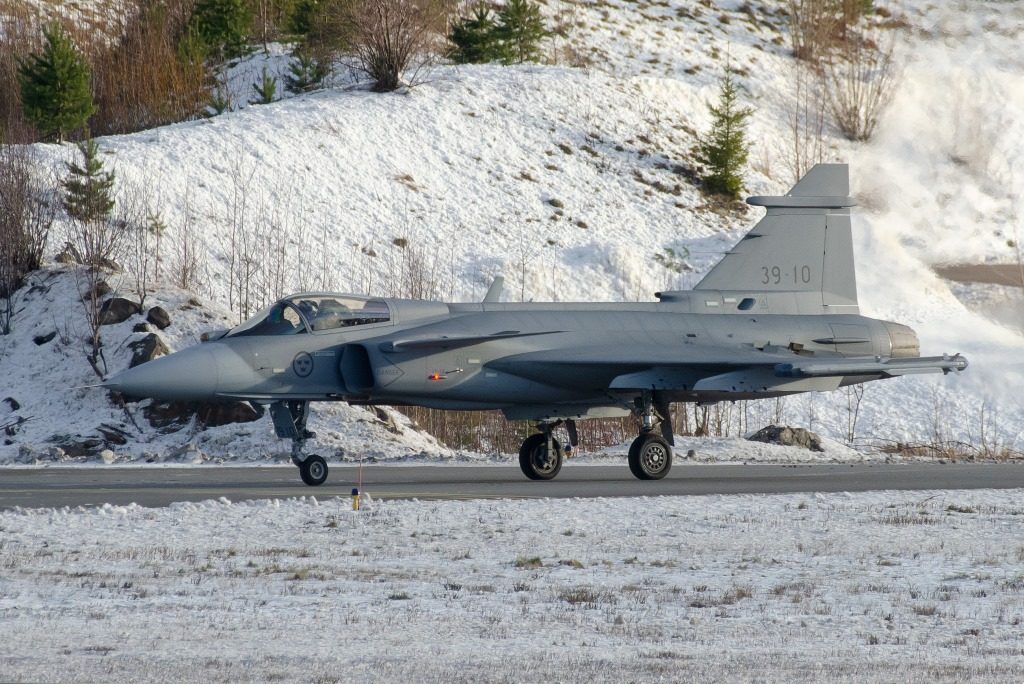
PAS 2023 – Dispersed operations, multidomain centred and multinationally connected, these are the three pillars of the Swedish Air Force development, which gets ready to train its pilots in Italy
Speaking at the yearly meeting organised by the Swedish Air Force Fan Club, which this year took place in Paris, Major General Jonas Wikman, Chief of the Swedish Air Force underlined the three pillars on which his service is working to improve its capabilities, confirming that Swedish pilots will soon start their training in Italy
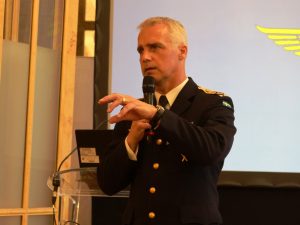
With its accession to NATO awaited soon, the service being working to be ready since Day 1 to fully work alongside its future allies, the Swedish Air Force knows well that it is impossible for it to beat its opponent on numbers, while on technology it can match it. To have an edge Sweden relies on tactics, and this happens mostly on the ground: “We are rebuilding a new concept based on the old concept,” Maj.Gen Wikman said, “as in the past we had war bases out in the forests and dispersed locations for turnarounds, while today we are more using regional airports and existing infrastructure,” which does not rule out operating from road strips, as a picture showed a Gripen taking off from a Finnish road. He underlined that to survive his forces must be able “to switch bases on week notice, on das notice or even on hours notice. “This concept has a very high priority for me as commander on the Air Force right now,” he added. He also underlined how the concept is being considered by many other air forces; asked on how these will be able to copy the Swedish model flying aircraft that were not designed with that operational concept as a priority, he said that inevitably allied nations will have to develop their own way to do it.
Swedish pilots are trained to operate in that way, and maintain the skills to take-off and land from short dispersed runways.
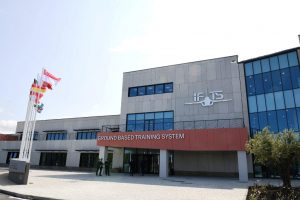
Talking training, the Swedish Air Force started receiving its new Grob G 120TP training aircraft, known as SK 40. These are currently flying but not yet operational, Phase 1 syllabus not being yet provided on those aircraft. To reach the skills required to fly the Gripen the small turboprop is definitely not sufficient. Maj.Gen. Wikman predecessor already highlighted the fact that due to the fact that Saab Gripen C/Ds are back to full operational use due to the geopolitical situation, and will remain so for quite some time, Swedish pilots would go training abroad to reach Phase 4 before switching to the combat aircraft. In Paris the service chief confirmed that the choice has been made, and that Swedish pilots will join the multinational community that is forming around at the International Flight Training School (IFTS), set up jointly by the Italian Air Force and Leonardo using the M-346 training aircraft, which redeployed from Puglia to the new campus purposely built at Decimomannu, Sardinia. The Swedish Air Force recently suffered a lack of pilots, and is now rebuilding its manpower, also considering the new fighter regiment that will be formed with Gripen E fighters. “We will start sending our pilots to the IFTS in August 2024,” Maj.Gen. Wikman told EDR On-Line, “and initially they will follow Phase 2 to Phase 4 training, while then they will do only Phase 3 and 4,” he said, adding that around 12 pilots per year will train in Sardinia. The decision to go for the IFTS has been made, EDR On-Line understood, and the service is already planning for this although the formal signature on an agreement has not yet been inked. Such a solution should last around 10 years, Sweden not excluding the acquisition of a training aircraft in the future.
Adapting to the new scenario that encompasses longer ranges, unmanned systems, one-way attacks, increased air defences, as well as the two new domains, cyber and space, is the main task, together with that to increase current capabilities. Compared to what was planned before the Ukraine crisis , the Swedish Air Force s now moving at full speed to cope with its objectives, while at the same time handling the existing crisis.
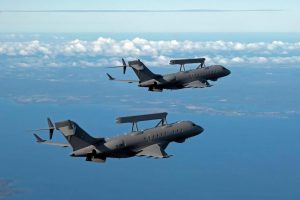
Underlining that his service in due time will be fielding new assets in all the roles, from fighters to transport aircraft, a decision on C130H replacement being awaited by 2024, to AEW and training assets, Maj.Gen. Wikman defined that as a luxury for an Air Force commander but also as a challenge, as all these require considerable effort to be put in service, while finding the best way to exploit the mix of old and new systems that will operate together, such as in the case of current Gripen C/Ds and new Gripen Es, underlining that the former will be upgraded without trying to make them similar to the “E” model but rather improving them to better operate alongside the newest fighter.
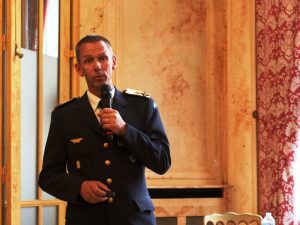
Coming to materiel, Brig,Gen. Lars Helmrich, director of the Air and Space Systems Division at the Försvarsmakten (FMV), the Swedish Defence Material Administration, took the floor underlining how his directorate must face four challenges at the same time, supporting Ukraine, preparing for NATO membership, one FMV representative being already working at the NATO procurement agency, dealing with a considerably increased click on image to enlarge defence bill, and finally carrying out wartime preparation. FMV personnel were increased by 10%, while FMV increased by 95% orders filed to industry. An example of this is the delivery of over 130 support vehicles to the Air Force, key to the dispersal effort, 100 UAS to the Home Guard, three out of 10 new training aircraft, the first upgraded NH90, another one to follow by year end, and spiral upgrades for Gripen C/Ds, a major upgrade being planned for the second half of this decade, the delivery of the two new GlobalEye aircraft being scheduled for 2027.
Of course both General officers were subject to a series of questions on the 6th generation fighter programme recently announced by Sweden, but both of them were adamant clear in saying that this is not a procurement or development programme, the aim being to fully understand what is needed and what can be made available by national industry, while looking at what is being done by allies, Swedish representatives talking to many entities, both military and industrial, to assess what might be a future asset. “We have a different timetable compared to many, as we are now fielding a new aircraft,” underlined the Swedish Air Force commander.
Photos by Saab, Swedish Air Force, Italian Air Foece and P. Valpolini


